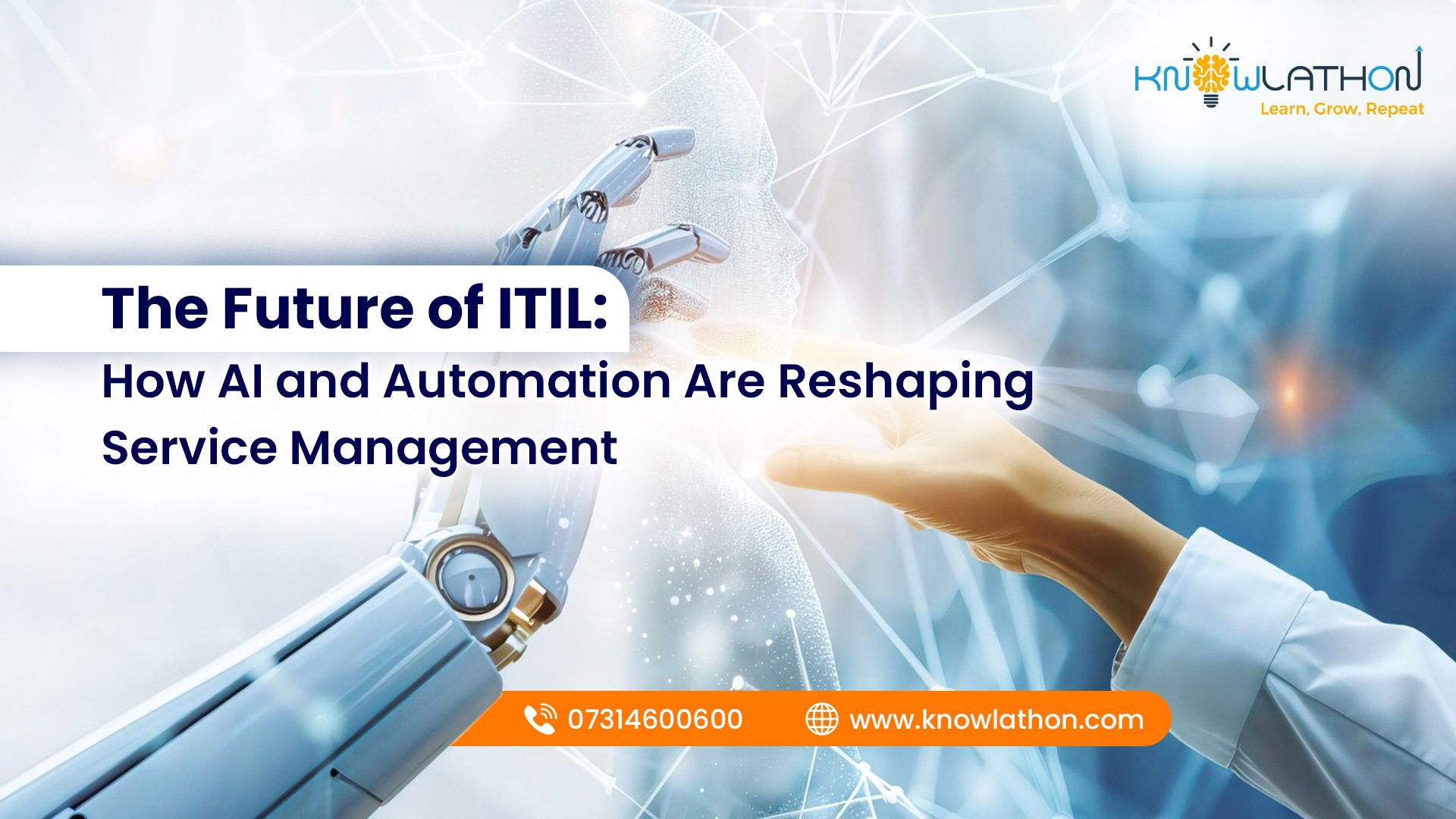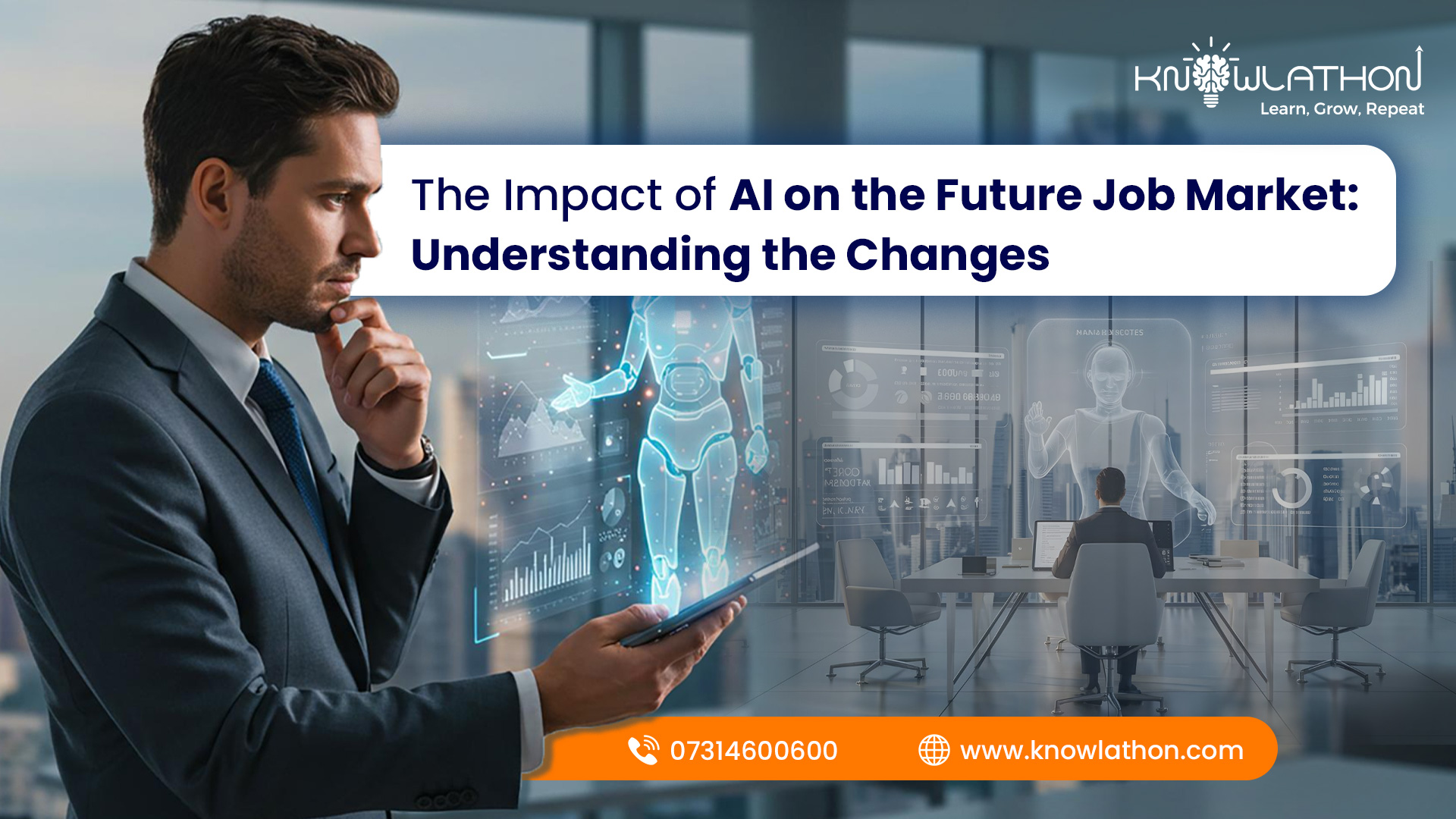AI in Project Management 2026: Transforming the Future of Projects

The year 2026 marks a pivotal moment in the evolution of AI in project management. No longer confined to niche applications or experimental pilots, artificial intelligence project management 2026 has become the backbone of enterprise operations across industries.
From startups to global conglomerates, organizations are leveraging AI to orchestrate complex initiatives with precision, agility, and foresight previously unimaginable. This transformation is not merely incremental—it is foundational, redefining how projects are conceived, planned, executed, and delivered.
AI-Powered Project Planning: From Intuition to Precision
AI-powered project planning represents the first and most critical phase of this revolution. Traditional planning methods—reliant on static templates, expert judgment, and manual adjustments—are giving way to dynamic, data-driven systems. In 2026, AI algorithms ingest historical project data, real-time market signals, team performance metrics, and external variables (such as regulatory changes or economic indicators) to generate optimized project blueprints.
These systems employ advanced techniques like Monte Carlo simulations, neural networks, and generative AI to model thousands of scenarios simultaneously. For instance, when initiating a new product launch, AI can predict timeline compression opportunities, identify critical path dependencies, and recommend phased rollouts based on customer adoption patterns.
Project Management Automation: Liberating Human Potential
Project management automation has matured into a sophisticated ecosystem that eliminates redundancy and accelerates velocity. By 2026, over 75% of administrative project tasks—status updates, meeting scheduling, dependency mapping, and compliance logging—are fully automated. Robotic Process Automation (RPA) enhanced with machine learning now integrates seamlessly with tools like Monday.com, Smartsheet, and custom enterprise systems.
Consider a multinational infrastructure project: AI automatically routes change requests through approval workflows, updates earned value calculations in real time, and generates stakeholder reports in multiple languages. The productivity gains are staggering—teams report up to 50% reduction in administrative overhead, with error rates dropping below 1%.
Predictive Analytics in Project Management: Foreseeing the Unseen
Predictive analytics in project management has evolved from trend spotting to prescient foresight. Powered by big data lakes and edge computing, AI now processes unstructured inputs—emails, Slack threads, code repositories, and even biometric data from wearables—to predict project health with uncanny accuracy.
In 2026, predictive models forecast scope creep with 92% precision by analyzing requirement volatility patterns. For a software development sprint, AI might flag a 68% probability of delay in Feature Y due to developer fatigue and recommend preemptive task reallocation. These insights appear in intuitive dashboards, empowering proactive intervention rather than reactive recovery.
Resource Optimization AI: The Science of Efficiency
Resource optimization AI operates at the intersection of economics, psychology, and operations research. Using reinforcement learning and genetic algorithms, these systems dynamically allocate talent, budget, and materials to maximize ROI. In 2026, AI considers not just availability but contextual fit—matching a data engineer's expertise to a machine learning task while factoring in learning curves, collaboration chemistry, and even carbon footprint.
On a global marketing campaign, resource optimization AI might shift budget from underperforming digital channels to high-engagement influencer partnerships in real time. It predicts skill gaps six months ahead and suggests targeted upskilling programs. Construction firms use AI to optimize equipment deployment across sites, reducing idle time by 35% and fuel costs correspondingly. This granular, adaptive approach ensures that every resource—human or material—is utilized at peak efficiency.
AI Risk Management: From Reactive to Preventive
AI risk management has transformed risk registers from static documents into living, breathing intelligence systems. By 2026, AI continuously scans internal and external environments—news feeds, supplier financial health, geopolitical indices, and weather patterns—to maintain a dynamic risk heatmap.
Natural Language Processing (NLP) extracts risk signals from contracts and correspondence, while computer vision analyzes site imagery for safety compliance. During a renewable energy project, AI might detect a 40% spike in steel prices due to trade policy changes and automatically trigger hedging strategies or material substitutions.
AI Project Monitoring Tools: Omniscience in Real Time
AI project monitoring tools provide god-like visibility into project ecosystems. Integrated with IoT sensors, drones, and collaboration platforms, these tools create digital twins of physical and virtual progress. In 2026, a wind farm construction project benefits from AI that cross-references turbine installation footage with design specifications, flagging misalignments within minutes.
For distributed software teams, AI monitors code quality, test coverage, and merge conflicts to predict technical debt accumulation. It detects "silent delays"—tasks appearing on track but actually stalled due to blocked dependencies. Alerts are contextual: a delayed API integration triggers notifications to both the developer and the downstream feature owner. Audit trails are immutable, supporting forensic analysis and continuous improvement.
AI Decision Support Project Managers: The Ultimate Co-Pilot
AI decision support project managers function as augmented intelligence partners. Using explainable AI (XAI) frameworks, these systems provide transparent reasoning behind recommendations. When faced with a budget overrun, a project manager queries: "Options to recover 3 weeks without increasing cost?" AI responds with three scenarios, complete with probability distributions, stakeholder impact assessments, and historical precedent citations.
In portfolio management, AI employs multi-objective optimization to balance strategic value, risk, and resource contention across dozens of initiatives. It simulates executive trade-offs: "Prioritizing Project Artemis delays Project Orion by 14 days but increases overall NPV by 8%." This democratizes sophisticated decision-making, reducing bias and improving outcomes.
Future of Project Management AI: Toward Autonomous Orchestration
The future of project management AI points to increasing autonomy. By late 2026, AI agents manage entire low-complexity projects—internal tool deployments, marketing campaigns, or compliance audits—with human oversight limited to strategic sign-off. Swarm intelligence enables multiple AI agents to collaborate: one handles scheduling, another procurement, a third stakeholder communication.
Quantum-enhanced optimization solves NP-hard scheduling problems in seconds. Ethical AI governance frameworks, mandated by updated PMI standards, ensure fairness and accountability. The Project Management Institute (PMI) now certifies "AI-Augmented Project Directors," blending human leadership with machine execution.
AI Virtual Assistants in Projects: Always-On Allies
AI virtual assistants in projects have become indispensable. Embedded in Microsoft Teams, Slack, and AR interfaces, these assistants handle everything from minute-taking to conflict mediation. "Aria, reschedule the design review to avoid clashing with the CFO's earnings call" yields instant confirmation and calendar updates.
For field engineers, AI assistants overlay schematics on smart glasses, guiding installations with voice and gesture. They translate technical jargon for non-expert stakeholders in real time. Executive assistants generate board-ready summaries: "Project Phoenix is 7% under budget, 2 days ahead, with medium supply chain risk."
Automation of Routine Project Tasks: The Efficiency Multiplier
The automation of routine project tasks reaches its zenith in 2026. AI handles timesheet reconciliation by cross-verifying calendar entries, email commitments, and deliverable timestamps. It auto-generates invoices, matches them to milestones, and flags discrepancies. Quality gates are automated: AI reviews UI mockups against brand guidelines, code against security standards, and reports against KPI thresholds.
In agile ceremonies, AI facilitates retrospectives by analyzing sprint data and suggesting improvement experiments. It even drafts user stories based on customer feedback sentiment analysis. The cumulative effect is a frictionless project environment where creativity flourishes unencumbered by bureaucracy.
Conclusion: The Dawn of a New Project Era
As we navigate 2026, AI in project management has transcended hype to become infrastructure. Artificial intelligence project management 2026 delivers projects faster, cheaper, and with greater certainty.
AI-powered project planning crafts precision strategies; project management automation eliminates waste; predictive analytics in project management foresees challenges; resource optimization AI maximizes value; AI risk management prevents disasters; AI project monitoring tools ensure transparency; AI decision support project managers enhances judgment; AI virtual assistants in projects provide constant support; and the automation of routine project tasks scales human potential.





